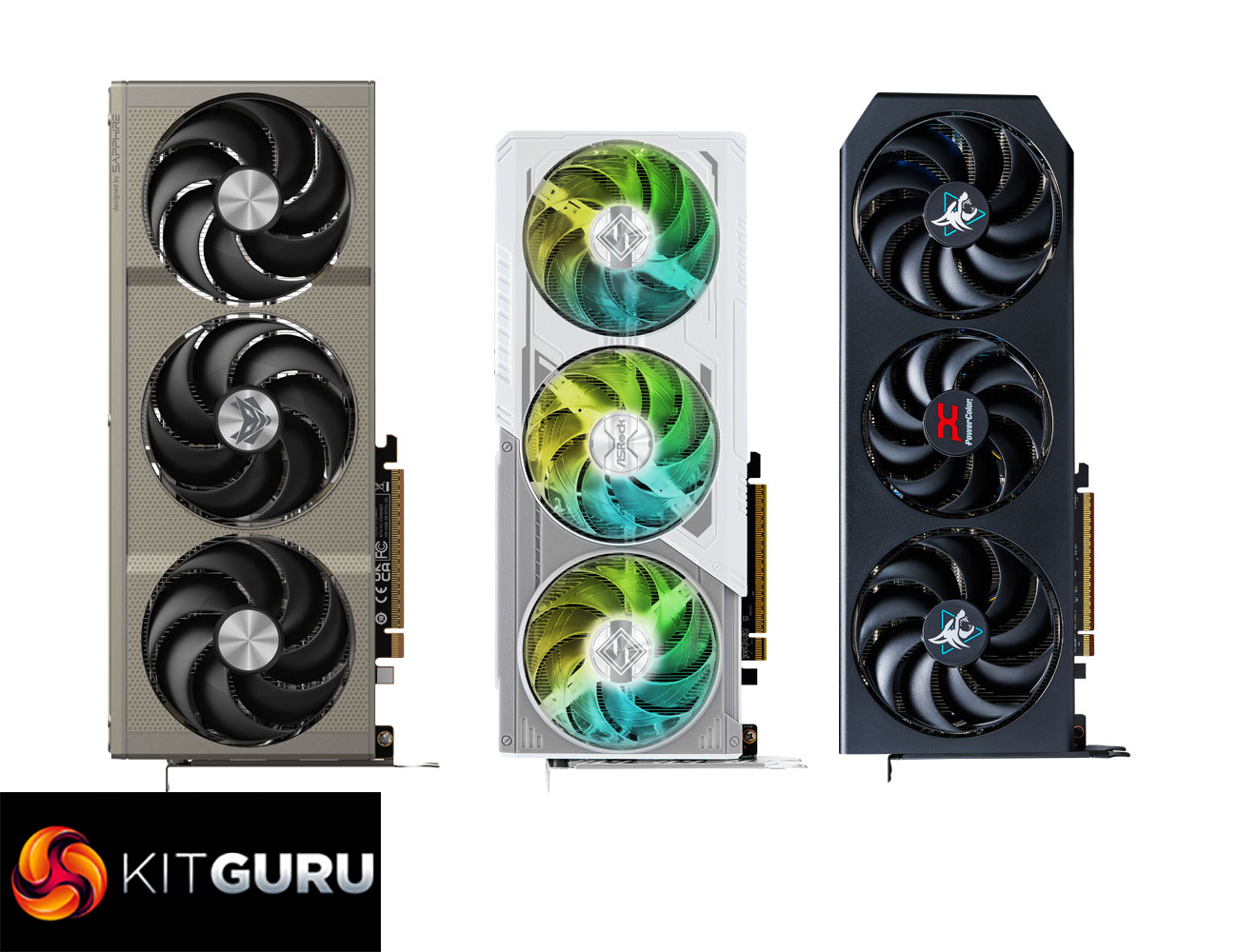It's been a fascinating week putting these three RX 9060 XT 16GB partner cards through their paces. As a reminder, we've looked at ASRock's Steel Legend, the PowerColor Hellhound, alongside Sapphire's Nitro+.
As you would have gathered throughout this review, there really isn't much to separate these cards at all when it comes to performance. Gaming frame rates are basically the same, while all three models ran exceptionally quiet and very cool. In fact, once noise-normalised, there was less than a 5C difference in terms of GPU thermals between them, so whichever model you pick is going to do the job very well indeed.
With that in mind, I think which card you should choose comes down to three distinct areas – design, features, and pricing.
For me, the PowerColor Hellhound is the least interesting-looking card on test today, with its plain black shroud and LED lighting that feels like an afterthought. It's not offensive, it's just quite boring. However, it does offer something that the other two cards don't, and that is dual-BIOS support. When you consider this is also the smallest of the three, and the cheapest at £350, I think it's a very solid option. I just wish PowerColor had stuck with the more eye-catching design from the previous generation.
ASRock's Steel Legend certainly does well in the looks departments with its white and grey design, while the ARGB lighting on the fans adds a touch of bling. There's no dual-BIOS though, which is a shame considering the price-point of £375 makes this a more premium model.
As for the Sapphire Nitro+, I find this to be the best looking card of the three, but that is obviously personal preference. I do still bemoan the lack of dual-BIOS, given the Nitro+ is Sapphire's most premium offering, so I do think that feature should be given, especially considering this is the most expensive model on test today, retailing for £380.
In my view, both the Nitro+ and Steel Legend come worryingly close to the RTX 5060 Ti 16GB's starting price of £400, with cards readily available at that price. I said as much in my day 1 review, but the 9060 XT 16GB needs to be a good chunk cheaper than its Nvidia rival to stand out, considering the Blackwell GPU is faster overall, significantly so for ray tracing, plus it offers support for DLSS, MFG and is superior for AI/productivity use too.
The Hellhound at £350 keeps enough of a gap, but really I think the other two could do with a price adjustment, as if it were my money, I'd stretch the extra £20-25 to get a 5060 Ti 16GB instead.
ASRock RX 9060 XT Steel Legend 16GB
Pros
- Clean, attractive design.
- Eye-catching RGB lighting.
- Excellent thermal performance.
- Incredibly quiet.
Cons
- Price is worryingly close to the 5060 Ti 16GB.
- Lacks dual-BIOS.
PowerColor RX 9060 XT Hellhound 16GB
Pros
- Inoffensive, all-black design.
- Excellent thermal performance.
- Incredibly quiet.
- Dual-BIOS included.
- Fairly compact by modern standards.
Cons
- Well priced at £350.
- Design may be a bit bland for some.
Sapphire RX 9060 XT Nitro+ 16GB
Pros
- Very stylish design.
- Sleek yet understated RGB lighting.
- Excellent thermal performance.
- Incredibly quiet.
Cons
- Price is worryingly close to the 5060 Ti 16GB.
- Lacks dual-BIOS.
KitGuru says: None of the three RX 9060 XT 16GB cards tested today will let you down. We do think pricing needs to stay clear of the 5060 Ti 16GB, however, given the Nvidia GPU is readily available at £400 and offers a number of advantages.
 KitGuru KitGuru.net – Tech News | Hardware News | Hardware Reviews | IOS | Mobile | Gaming | Graphics Cards
KitGuru KitGuru.net – Tech News | Hardware News | Hardware Reviews | IOS | Mobile | Gaming | Graphics Cards





